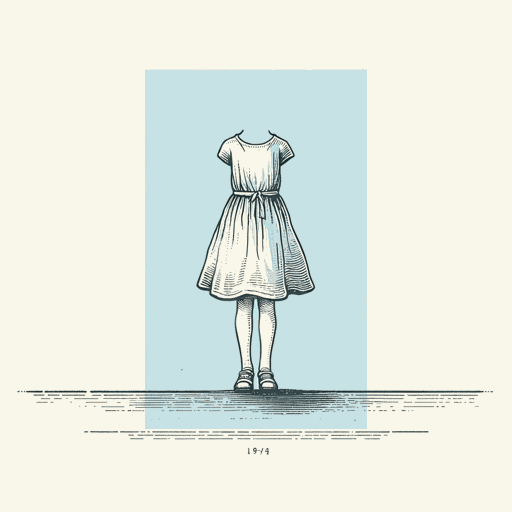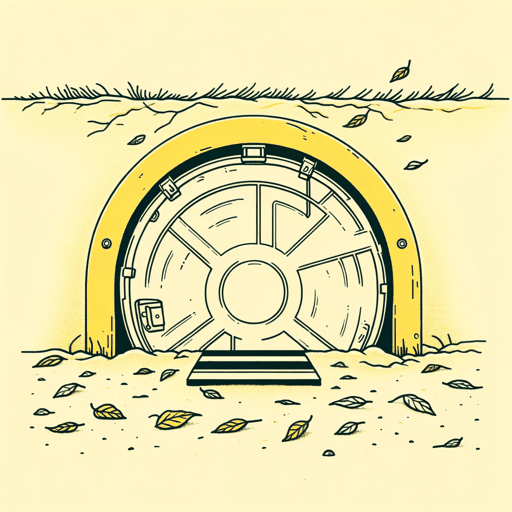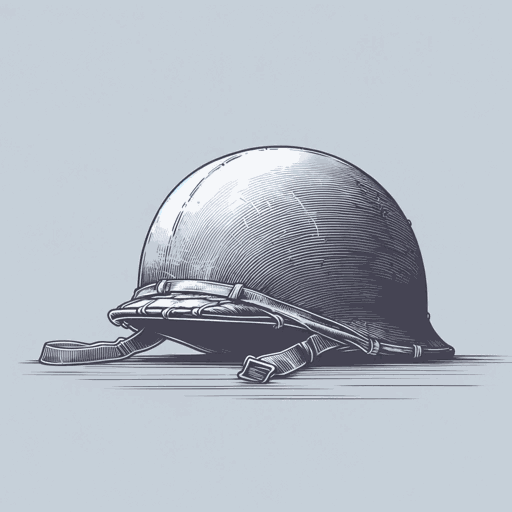47 pages • 1 hour read
Gordon KormanWar Stories
Fiction | Novel | Middle Grade | Published in 2020A modern alternative to SparkNotes and CliffsNotes, SuperSummary offers high-quality Study Guides with detailed chapter summaries and analysis of major themes, characters, and more.
Summary and Study Guide
Overview
War Stories (July 2020) is a standalone novel by Canadian-American children’s author Gordon Korman. Korman began writing as a teenager and sold his first book when he was a high school freshman. In a career that spans four decades, he has penned numerous middle grade and teen novels. His works have sold 35 million copies worldwide, and his 39 Clues series has reached #1 on the New York Times bestseller list. Korman has also received multiple reader’s choice and best book awards from various organizations during his long career. His Masterminds Trilogy has been optioned for film. Titles include Masterminds (2015), Masterminds: Criminal Destiny (2016), and Masterminds: Payback (2017). Other titles of note include The Unteachables (2019), Ungifted (2012), and Supergifted (2018).
War Stories was inspired by the experiences of Korman’s own grandfather during World War II. It falls under the categories of Children’s Historical Action & Adventure and Children’s Military Fiction. The book is intended for readers aged 8 to 12 in third to seventh grade.
This guide is based on the Scholastic Press 2020 Kindle edition of the novel.
Content Warning: The book covers many battles of World War II from the grim perspective of a soldier who lived through the conflict. Consequently, the focus on wartime death and destruction may be too intense for very young readers.
Plot Summary
The novel details the wartime experiences of Jacob Firestone and is told from the perspective of Jacob as a 93-year-old veteran in 2020 and as a 17-year-old soldier serving in the army from 1943 to 1945. Since the story retraces Jacob’s footsteps during the war, it is set in multiple locations, including Connecticut, Georgia, England, and France. The story is told using a limited third-person narrative technique that alternates between Jacob and his 12-year-old great-grandson Trevor, with the narrative slipping smoothly between past and present. Jacob’s journey through his past allows the novel to examine the themes of The Glamorization of Warfare, The Realities of Combat, and The Personal Price of Victory.
Twelve-year-old Trevor Firestone loves anything related to World War II. He plays video games that are based on the conflict, and he idolizes his great-grandfather Jacob, whom he considers to be a real American hero. Trevor’s father, Daniel, is concerned that his son glamorizes warfare to an unhealthy degree, and he is skeptical of allowing him to be influenced by Jacob’s many war stories. One day, Jacob announces that the village of Sainte-Régine in France wants to honor him as the last surviving soldier who liberated the town from the Germans. They will hold a celebration on the 75th anniversary of V-E Day and want Jacob to be their guest of honor. Daniel warily agrees to go along as an escort for his aged relative and allows Trevor to accompany them.
Trevor is ecstatic at the chance to see all the battlefields depicted in his video games, and Jacob initially seems just as enthusiastic to relive his glory days. The trio begins by visiting Fort Benning, Georgia, where Jacob went through basic training with three army buddies: Freddie, Leland, and Beau. During this visit, Jacob tells Trevor how grueling and exhausting his training really was, slipping into the perceptive of his younger self. In the storyline of the past, the recruits are then shipped across the Atlantic, their boat nearly sunk by a German submarine.
Although the young Jacob is itching to go to war, his unit is sent to rural England, where they spend months digging foxholes. This mundane reality of life in the army is something Trevor didn’t anticipate. Afterward, Jacob and his friends are sent to Normandy as part of the D-Day invasion. The chaos and horror of the battle are not glorious, as Trevor imagined. Jacob’s friend Freddie steps on a land mine and is killed before he ever gets a chance to fight.
After visiting the war memorials in Normandy, the Firestones travel south in France, and Jacob talks about the pitched battles in hedgerow country. Trevor is equally unimpressed by the soldiers’ slow progress through farmland. He hoped for more spectacular confrontations, but Jacob grimly reminds him that many soldiers died in the hedgerows, too. As their journey proceeds, Jacob grows gloomier. He talks about another friend named Leland, who was killed while trying to defuse bombs planted under a bridge. Jacob nearly died too, but he was rescued by a member of the French Resistance named René Lafleur. René’s family hides Jacob, nurses him back to health, and helps him return to his unit.
Later, Jacob gets the chance to liberate René’s town from the Germans by contacting the Resistance and supplying them with explosives to blow up a Nazi tank. Unfortunately, Jacob’s presence at René’s farm is discovered by the enemy, and the entire Lafleur family is killed. Jacob has never forgiven himself for his carelessness. The two remaining members of the Lafleur family don’t forgive him either and have secretly been dogging his steps since he arrived in France. They try to scare the Firestones away from the ceremony. Fortunately, Trevor forms a connection with Juliette Lafleur to prevent any further hostilities directed at Jacob. For his part, the war veteran confesses his secret to all the residents of Sainte-Régine and asks Juliette for forgiveness, which she grants. The story concludes with Trevor pondering the difference between his video game understanding of the war and the real experience: “Now that he’d been there and seen so much, the only thing he was sure of was that he knew nothing” (229).
Related Titles
By Gordon Korman

Born to Rock
Gordon Korman

Framed
Gordon Korman

Jake, Reinvented
Gordon Korman

Linked
Gordon Korman

Masterminds
Gordon Korman

No More Dead Dogs
Gordon Korman

Restart
Gordon Korman

Schooled
Gordon Korman

Shipwreck
Gordon Korman

Slacker
Gordon Korman

Son Of The Mob
Gordon Korman

Supergifted
Gordon Korman

Swindle
Gordon Korman

The Fort
Gordon Korman

The Juvie Three
Gordon Korman

The Toilet Paper Tigers
Gordon Korman

The Unteachables
Gordon Korman

Ungifted
Gordon Korman

Unplugged
Gordon Korman

Whatshisface
Gordon Korman

